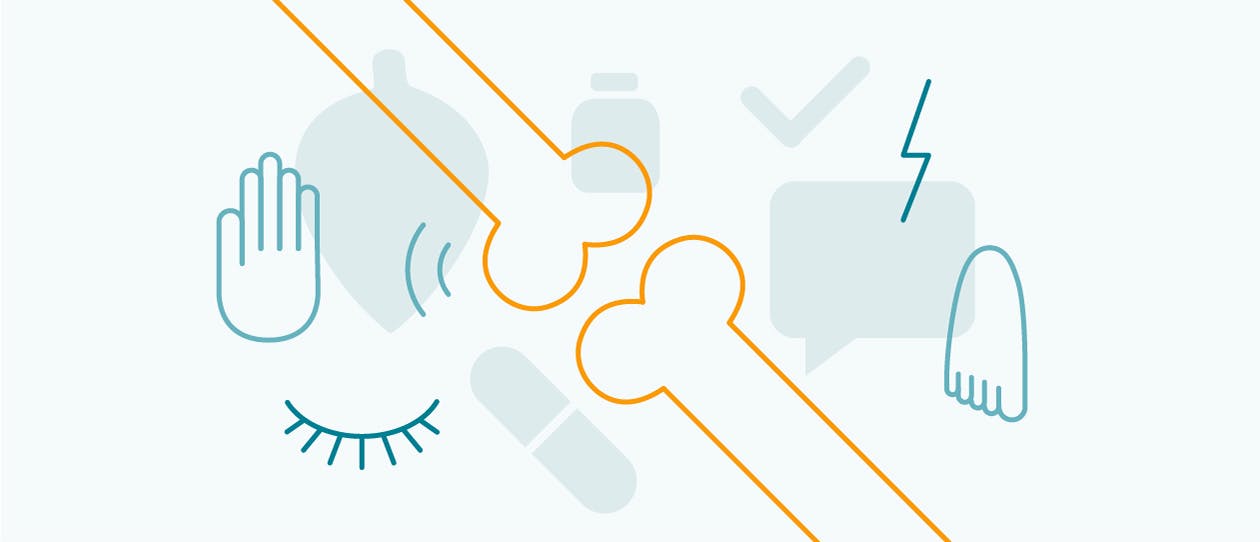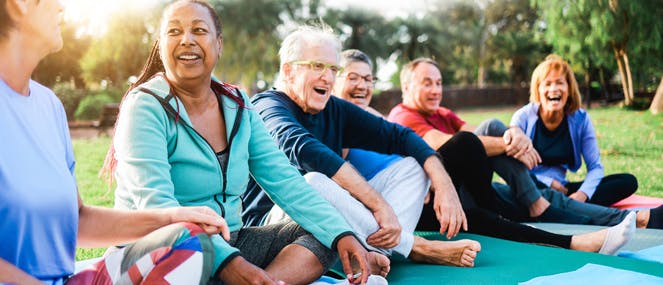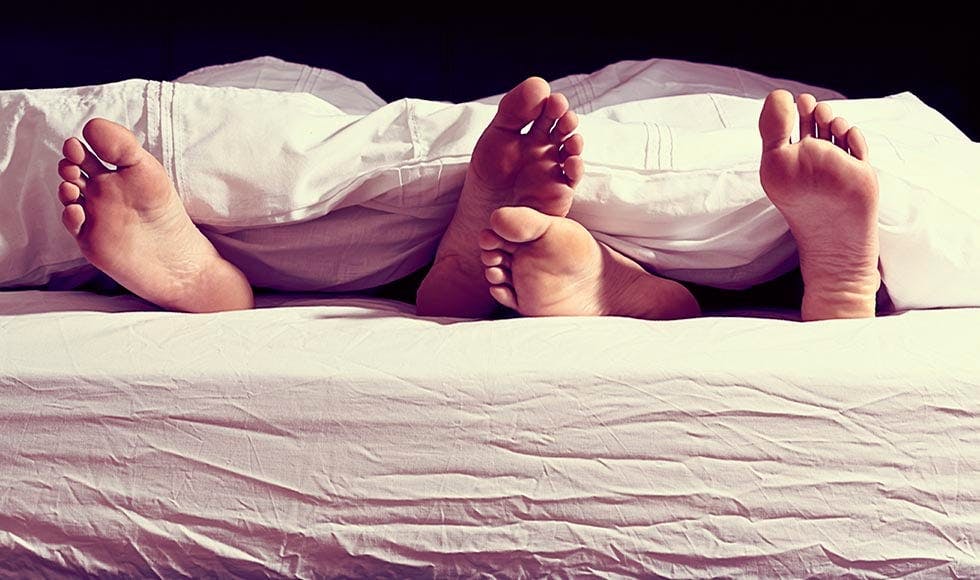
- Health hub/
- Tips & Advice on Improving your Energy Levels/
- Sprains & strains


Symptoms of sprains and strains may include:
- Pain
- Stiffness
- Swelling of the affected tissue
- Reduced function of the affected tissue
- Bruising may also be present.
Sprains and strains are graded according to their severity. A grade I injury indicates minor tearing of the tissue. Medium-grade pain and swelling may be present, but the movement, strength and function are not affected.
In grade II injuries, tissue damage is more extensive, swelling and pain are more significant, and the strength and function of the affected body part are reduced.
Grade III injuries are more severe again, and may require surgery to repair the tearing to the connective tissue fibres.
Depending on the severity of the injury, whether it is managed appropriately, and the age and general health of the patient, recovery from a sprain or strain may take from 2-12 weeks.
Sprains are joint injuries that involve damage to ligaments or a joint capsule, and commonly occur at the wrist, ankle or thumb.
Strains are injuries to muscles, or to the tendons that connect muscles to bones. They often affect the calf, hamstring or groin.
These injuries occur if the fibres of a muscle, ligament or tendon are stretched beyond their capacity, becoming torn. They are often due to a sudden twisting or stretching movement, or may be due to a forceful impact.
Overuse of a particular joint or muscle group can also cause sprains and strains. Factors that may contribute to overuse injuries include insufficient recovery time between exercise sessions, poor technique (for example using an incorrect golf swing), repetitive motions (e.g. doing assembly line work), and physical abnormalities.
Joints that have been injured before may be more prone to recurrent problems, especially if scar tissue has developed during the repair of the prior injury or if muscle imbalance is present.
- Seek medical advice for any injury in order to ensure the problem is correctly diagnosed and appropriately treated.
- The application of appropriate first aid measures in the time immediately following an injury are vital. Consider doing a first aid course so that you’re able to respond to any unforeseen events, and always keep a first aid kit handy.
- For the first aid treatment of sprains and strains, follow the RICE protocol:
- Rest the affected area
- Ice packs should be applied for 15 minutes every two hours for 1-2 days after the injury. Take care to protect the skin by placing a layer of wet towel beneath the ice.
- Compression should be applied to the affected area. Ideally, bandage the injury firmly, making sure that the bandage extends above and below the site of the injury.
- Elevate the affected part so that it is higher than the heart.
- Don’t apply heat to sprains or strains, don’t massage the area and don’t drink alcohol; these practices may aggravate the swelling.
- Keeping the affected part immobilised for a while (for example with a splint or bandage) may help grade II injuries to heal. Ask your healthcare professional for more information.
- In some cases, physiotherapy and strengthening and/or conditioning exercises may be required to restore the injured part to its original condition.
- Take steps to prevent injuries before they happen by:
- Stretching and warming up before you start, and cooling down after you’re finished
- Allowing sufficient recovery time between bouts of activity
- Paying attention to your technique
- Using appropriate shoes, knee guards and other protective gear.
- Maintaining your overall health and fitness, and exercising at an intensity that is appropriate to your fitness level
- Taping or strapping any joints that have bothered you in the past
- It is important that any injury is investigated and diagnosed by your doctor to ensure that you receive the appropriate treatment.
- Severe sprains and strains may require surgical repair, followed by physiotherapy to restore function.
- Don’t return to your sporting activity after an injury until your healthcare professional gives you the go ahead. In some cases, returning to sport too early can exacerbate the damage and delay recovery.




